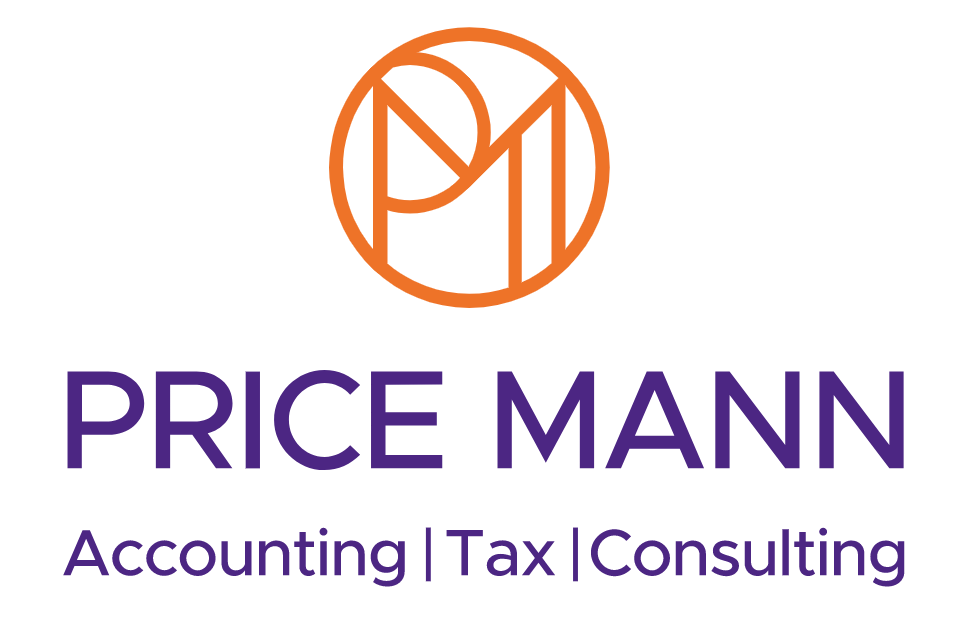Curtain comes down on stamp duty land tax holiday The stamp duty land tax holiday in England and Northern Ireland has come to an end, more than 14 months after it first came into effect.
The tax break saw most buyers who purchased residential homes for £500,000 or less pay no stamp duty land tax until 30 June 2021, although landlords still had to pay the 3% surcharge.
HMRC collected £5.7 billion in stamp duty between April and July 2021, £2.2bn more than the same pandemic-affected period in 2020.
Unsurprisingly, July 2021 was the highest month on record for stamp duty land tax receipts after £1.3bn was collected from residential completions.
Many of those July receipts related to June completions, due to the 14-day window in which stamp duty needs to be paid.
From 1 July to 30 September 2021, a tapered regime saw no stamp duty paid on the first £250,000 of a residential property completion.
Now and until at least 31 March 2022, house buyers will pay stamp duty for purchases above £125,000 as the usual nil-rate threshold is reintroduced.
The 2% tax rate which applies on the portion of the house price between £125,001 and £250,000 also returns after being omitted for the holiday.
Above that up to £925,000, the 5% tax rate applies. After that, the rate rises to 10% up to £1.5m and the 12% rate applies on the portion above £1.5m.
Government launches new trust registration service
Millions of trustees need to register details of their trusts before next autumn, following the launch of a new trust registration service.
The service was originally announced in draft form in 2017, at a time when it would only have applied to taxable-relevant trusts.
Since then it has been expanded to include all UK-resident express trusts, with a few exemptions for pension trusts and charity trusts.
As such, details of up to two million trusts must be registered with HMRC on or before 1 September 2022.
Trustees who fail to do this will run the risk of a fine, with the potential for large penalties if the tax authority deems the behaviour to be deliberate.
All trusts in scope will need to provide details on trustees, settlors, protectors and beneficiaries.
The nature and extent of the beneficiary’s beneficial interest and mental capacity at the time of registration also needs to be included in the disclosure.
HMRC has said these details will not be available to the public and the information on each trust will remain confidential.
Trusts will need to be registered by 1 September 2022 or 90 days from the trust creation, whichever is later.
Many trusts play a significant role in estate planning for sensitive and complex family financial situations, requiring considerable care and tact.
The rise of electric vehicles could create £30bn tax hole
The Government is being urged to introduce a new road-pricing system, because the increasing popularity of electric vehicles risks leaving a £30 billion hole in public finances each year.
Research submitted by the Tony Blair Institute for Global Change called for a new system, with options including charges based on emissions, vehicle weight and traffic levels, to replace fuel duty and road taxes.
It said there are currently around 300,000 electric vehicles on our roads, and that number is set to rise rapidly to around three million by 2025, 10m by 2030 and 25m by 2035.
Currently, electric vehicles are much cheaper to drive and pay virtually no tax, with the average electric vehicle costing just £320 a year to run, compared to £1,100 a year for a typical petrol or diesel car.
The report said that while the overall cost of running an electric car is 71% lower, the amount paid in tax, most notably fuel duty and vehicle excise duty, is 98% lower.
Instead, the report recommended a new ‘Uberised’ dynamic rate, which could be implemented through fluid real-time pricing, similar to that used by Uber.
Without doing this, tax revenues from car usage will fall by around £10bn by 2030, £20bn by 2035 and £30bn by 2040.
Tim Lord, co-author of the report, said: “This change [in the loss of tax revenues] might start slowly, but the pace will rapidly increase in the next few years. With each £5.5bn equating to a penny on income tax, compensating for this loss would require the basic rate of income tax to rise by around 6p in the pound – or 2p by the end of the next parliament [in 2029]; a 4.5% increase in VAT; or huge rises in other consumer taxes.”
Not-for-profit group Greener Transport Solutions said earlier this year that a road-pricing system “will be essential” as the country shifts towards electric vehicles.
National Insurance and dividends tax rates to rise 1.25% in 2022/23
National Insurance contributions (NICs) and the three dividend tax rates will all increase 1.25% from April 2022 to pay for the social care system in England.
This social care package will be funded through a new UK-wide health and social care levy, which is expected to raise around £12 billion a year.
The levy will apply to employers, employees, and the self-employed from April 2022, followed by people who work beyond their state pension age from April 2023.
The main (12%) and higher (+2%) rates of Class 1 NICs which apply to employees will increase to 13.25% and 3.25% respectively from 2022/23.
At the same time, the employers’ Class 1 NICs rate will rise from 13.8% to 15.05%, while the self-employed Class 4 NICs main (9%) and higher (+2%) rates will go up to 10.25% and 3.25% respectively.
The increase will not apply to Class 2 NICs – the flat rate paid by the self-employed with profits above the small-profits threshold, which is currently £6,515 a year in 2021/22 – or Class 3 NICs voluntary contributions.
Directors and shareholders who receive dividends from a company’s profits will pay their share as well, with the three tax rates being unchanged since 2010/11.
For 2022/23, the basic rate of dividend tax increases to 8.75% (up from 7.5%), the higher rate rises to 33.75% (up from 32.5%) and the additional rate is 39.35% (up from 38.1%).
From October 2023, anyone with assets under £20,000 will have their care costs fully covered by the state, while those with between £20,000 and £100,000 will receive state support.
There will also be a cap of £86,000 on what people will be asked to pay over their lifetime for care, regardless of what assets they might or might not own.













